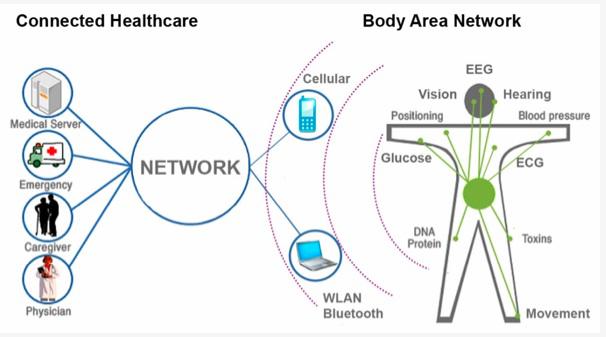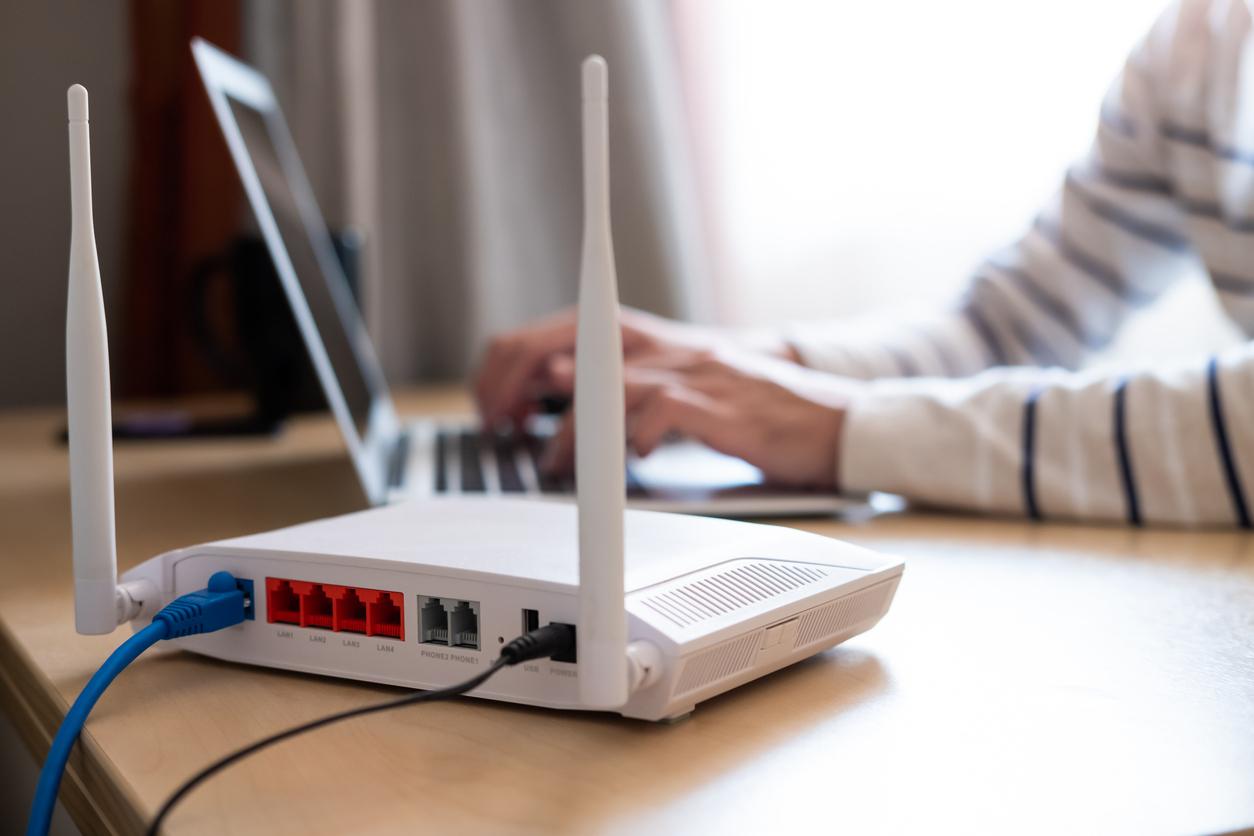Quebec scientists have manufactured smart clothing capable of collecting biomedical information from the wearer and alerting in the event of an accident.

Jean-Paul Gauthier just needs to get dressed… In Canada, a team of Canadian researchers has developed smart clothing capable of capturing the wearer’s biomedical information and transmitting it by WiFi or by mobile phone. A jewel of technology, which could well equip future wardrobes.
Glucose levels, brain activity …
Sensors magazine echoes this discovery, the result of several years of study at Laval University in Quebec. Thanks to sensors embedded in special fibers, these garments can measure the wearer’s glucose level, heart rate, brain activity, movements and spatial coordinates.
The information is transmitted by WiFi to a telephone, which can itself alert the emergency services in the event of an accident – heart attack, fall, etc.

How connected clothes work – Sensors screenshot
Elderly people, abducted children
“The fiber that we have developed acts as a sensor and as an antenna,” explains Younès Messaddeq, who led the study. It is both strong and malleable, and can be woven with wool or cotton. In addition, the quality of the signal it emits is comparable to that of commercial antennas, ”he explains. This special fiber was made by layering multiple layers of copper, polymers, glass and silver.
In the future, these garments can be used for multiple applications. The first of these is medical: the fabrics are primarily intended for patients suffering from chronic diseases or for the elderly who live alone.
But they could also equip the children, “quickly locatable thanks to these clothes stuffed with sensors” in the event of kidnapping, explained to AFP Jeff Viens, director in charge of technology transfer. By using the Internet, “these clothes will become a communication platform and an information relay”, he wants to think.

How smart fibers work – Sensors screenshot
Still some fine-tuning
The university team has applied for a patent. But the time for commercialization has not yet come. “It will of course be necessary to adjust this textile technology to a wireless network and to resolve the issue of power supply,” notes Younès Messaddeq. Another detail, and not the least: “it will be necessary to ensure that the textile is washable and that it is resistant to the products contained in detergents”. But also check that the waves emitted by the sensors remain harmless …
.

















-1572877065.jpg)